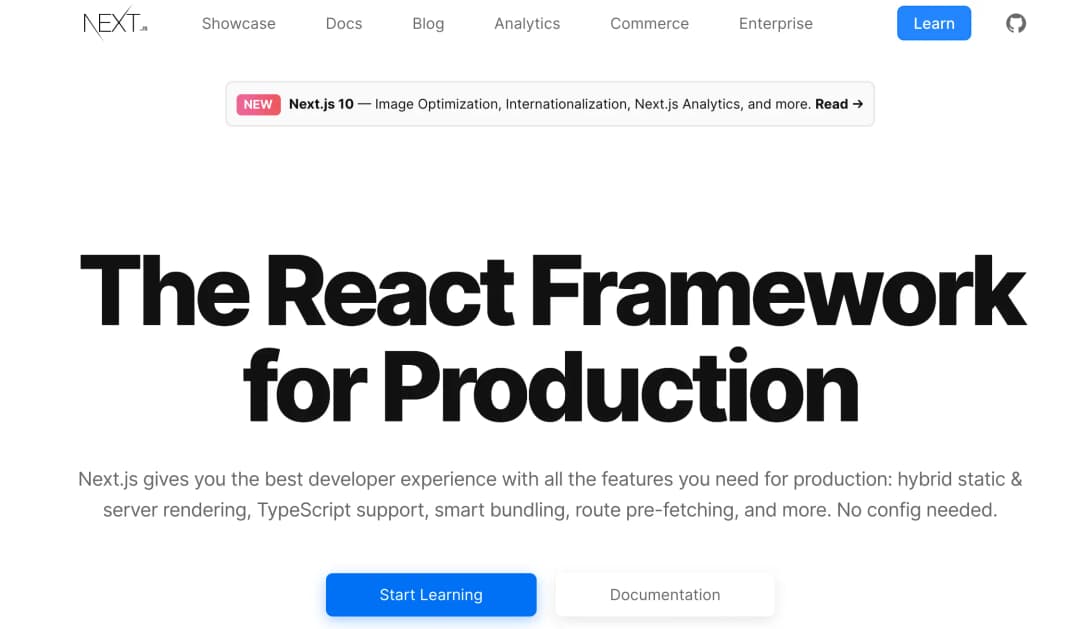All blogs
Writing for the World
We share what we learn about runtime security for Kubernetes—deep dives on eBPF, detections, and real-world incident response.

Advanced CSS Techniques for Modern Web Development
Explore advanced CSS techniques including CSS Grid, Flexbox, Custom Properties, and modern layout pa...

Introduction to Next.js
Next.js is a powerful React framework that enables you to build fast, SEO-friendly web applications ...

Mastering React Hooks
Learn how to effectively use React Hooks to manage state and side effects in your functional compone...
State Management in React: A Complete Guide
Explore different state management solutions in React, from local state to global state management with Redux, Zustand, and other modern alternatives.
Ace your next Javascript Interview
Tailwind CSS is a utility-first CSS framework that allows you to build modern websites without ever leaving your HTML. Lets explore the basics of Tail...
TypeScript Best Practices for 2024
Learn the most important TypeScript best practices and patterns that will help you write more maintainable and type-safe code in your projects.
Web Performance Optimization: A Comprehensive Guide
Learn essential techniques and best practices for optimizing web performance, from code splitting to image optimization and everything in between.